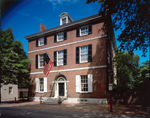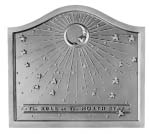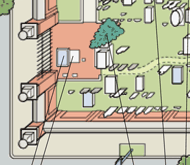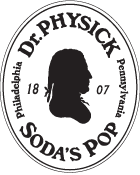

PENNSYLVANIA HOSPITAL
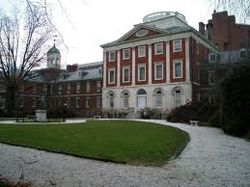
Pennsylvania Hospital
Doctor Thomas Bond had conceived the idea of establishing a hospital in Philadelphia in 1749. With his friend Benjamin Franklin's help in promoting the scheme in his newspaper, starting a public subscription and induced the Pennsylvania Assembly to match private contributions by a grant of 2,000 pounds. A charter was granted by the Assembly on May 11, 1751 for a hospital to care for the sick-poor and insane who wandered the street of Philadelphia.
Franklin's friend a fellow Junto member, silversmith Philip Syng Jr. contributed to the public subscription and served as a trustee of the first hospital in the American colonies. The story of the Good Samaritan is chosen by Franklin and Bond to illustrate the hospital's official seal. Having produced seals for their Library Company, Contributionship Fire insurance Company, Union Fire Company, and for various surveyors and Pennsylvania counties, it is possible that Philip Syng made the hospital's official seal and with its inscription, "Take Care of Him and I will repay Thee."
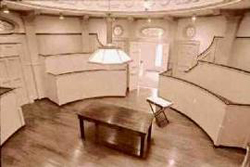
Surgical Amphitheatre
By 1804 construction of the hospital's third wing, the Center section is completed, joining the previously separated East and West wings. Completion of the Center section allows for the opening of surgical amphitheatre, made famous largely by the operations performed and lectures given there by Philip Syng's grandson, Dr. Physick.
Known as the "Father of American Surgery," Dr. Phillip Syng Physick was on the medical staff of Pennsylvania Hospital from 1794 until 1816. After studying medicine in England with Dr. John Hunter, he received his medical degree in Edinburgh and returned to Philadelphia in 1792. Upon his return, he participated in the treatments given during the yellow fever epidemic of 1793, was appointed Surgeon Extraordinary to Philadelphia's Almshouse Infirmary and went on to become a professor of both surgery and anatomy at the University of Pennsylvania.
While on staff at the Pennsylvania Hospital, Dr. Physick accumulated many noteworthy medical accomplishments, including: innovatively treating dislocations and fractures; being the first to practice capillary puncture of the head for hydrocephalus; inventing the tonsil guillotine and needle forceps; and being the first to use animal ligatures in surgery.

2008 Operation Re-enactment in Pennsylvania Hospital's
surgical amphitheatre
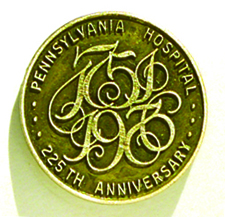
Pennsylvannia Hospital commemorative pin by J. Del Conner
Two of his more famous operations occurred on James Hayes in 1805 and 1806, during which he removed two large parotid gland tumors from Hayes' cheek (the larger, seven-pound tumor was preserved, and is still part of the Historic Collections). Physick also operated on Chief Justice John Marshall in 1831, successfully treating the famous jurist for a kidney stone.
In April 2008, Pennsylvania Hospital held its first re-enactment of an operation by Dr. Physick in the historic surgical amphitheatre.
In 1976, to commemorate the 225th anniversary of Pennsylvania Hospital, Dr. Physick's great, great, great grandson, J. Del Conner was commissioned to create a logo for the celebration and lapel pin given to employees.
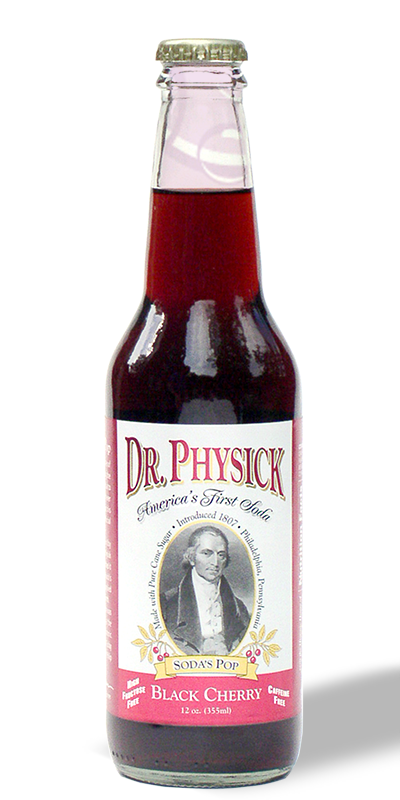

 City Tavern's Chef Walter Steib's tour of Physick House
City Tavern's Chef Walter Steib's tour of Physick House 